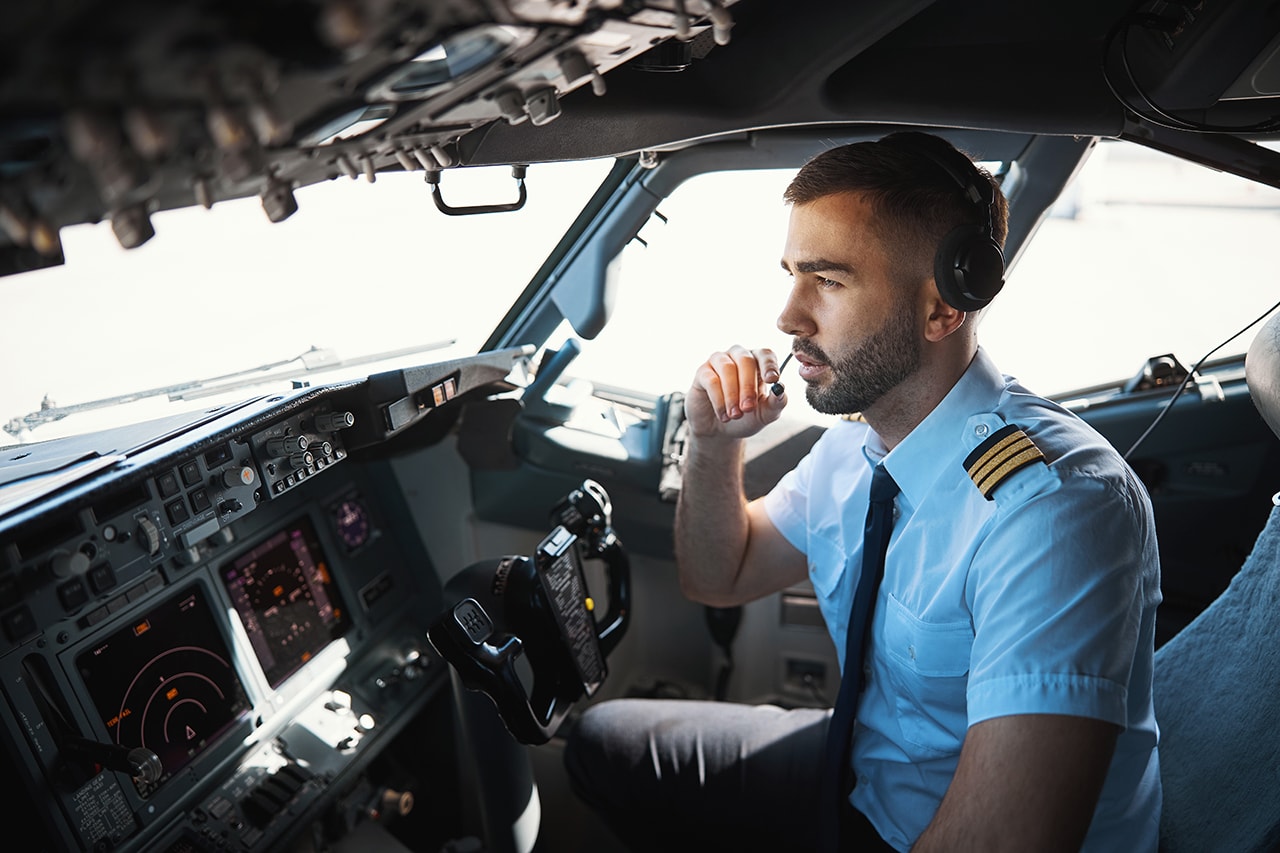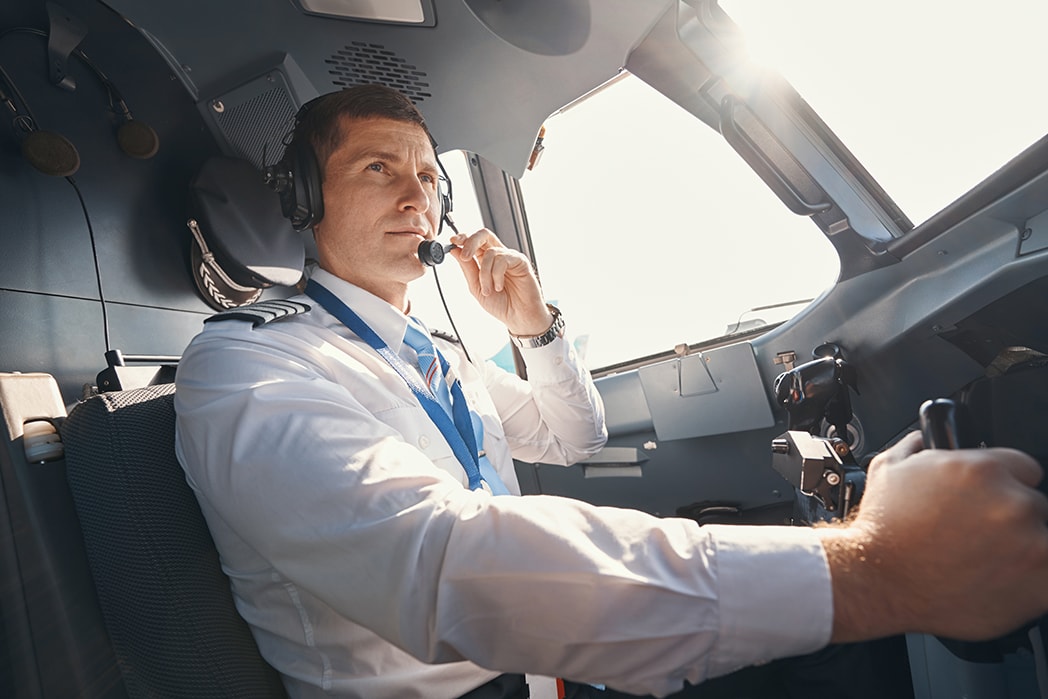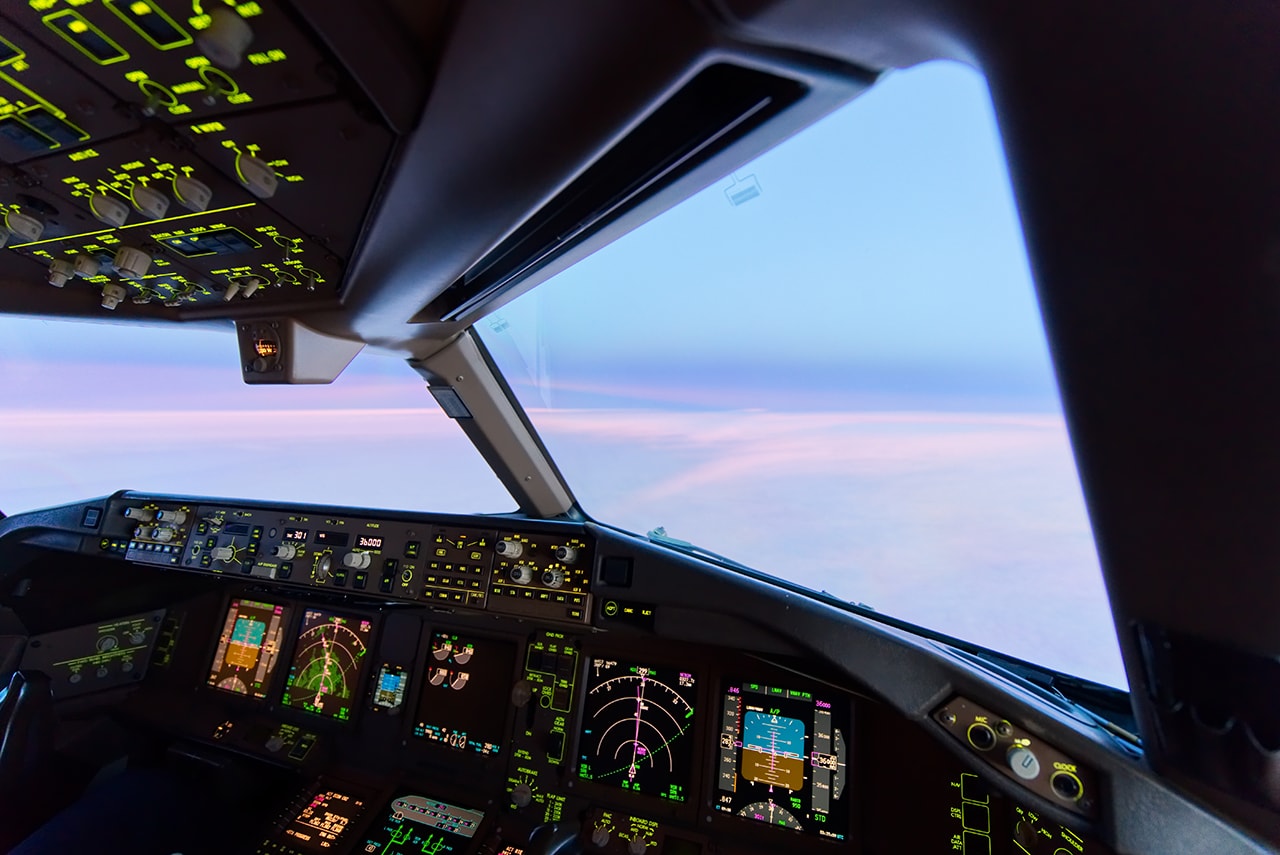Federal Aviation Regulations Part 61: Pilot’s Guide
Aug 15, 2025
Federal Aviation Regulations Part 61 covers pilot and instructor certification. It’s all about eligibility, training and testing to ensure safe training. This will cover the highlights of Part 61.
Key Takeaways
-
Federal Aviation Regulations Part 61 is all about pilot certifications, safety and individualization in training.
-
To get pilot certificates you need to get an FAA Tracking Number, pass knowledge tests and complete required flight hours and practical tests.
-
Medical certificates are three classes with different health standards and must be renewed to keep your certification current.
Overview of Federal Aviation Regulations Part 61
Part 61 governs pilot and flight instructor certification to ensure safety and consistency in training.
It outlines the eligibility, training and testing requirements for the various pilot certificates as per the federal aviation administration regulation, including 61 certification pilots and FAA regulations.
For aspiring aviators, understanding Part 61 is essential for navigating the FAA's structured pathway from student to commercial pilot through the well-defined process of 61 certification pilots flight.
Understanding Part 61 is more than just compliance; it allows pilots and instructors to customize training to individual goals. This is great for those who fly and have other commitments, a personalized way to achieve their aviation dreams.
Key Requirements for Pilot Certification
Part 61 outlines the eligible and training requirements for pilots. To get a private pilot certificate you must be at least 17 years old and able to read, speak, write and understand English.
A big part of certification is getting a logbook endorsement from an approved instructor, verifying a student’s certified name readiness for the knowledge test and their acquired aeronautical knowledge.
Beyond age and language proficiency, pilots must meet specific training requirements, including a minimum number of flight hours and pass various tests.
These regulations ensure all pilots have the skills and knowledge to fly safe and effective as outlined in the part 61 certification pilots standards.
The Role of Flight Instructors and Ground Instructors

Flight and ground instructors are the ones who deliver both theoretical and practical training to student pilots. Ground instructors teach aeronautical knowledge, airspace rules, weather, aircraft systems.
Flight instructors do the hands on flight training and can endorse students for solo flight privileges if they show the necessary skills, so they can fly safe and confident as a certified flight instructor.
Instructors must log and keep records of training sessions, important for compliance and accountability. This way it’s a personalized training, especially good for non professional aviation enthusiasts.
Types of Pilot Certificates Under Part 61

Part 61 covers the rules for getting various pilot certificates for different flying purposes. The journey starts with a student pilot certificate which allows you to fly solo during training as pilot in command.
For simpler operations the sport pilot certificate allows you to fly an aircraft up to 1320 pounds. This certificate is for hobbyists and recreational flyers. The recreational pilot certificate allows you to fly locally with one passenger, a step up from the sport pilot certificate.
The private pilot certificate is the foundation for those who want to pursue a flying career. It requires more training but opens up more opportunities.
For those who want to fly for hire the commercial pilot certificate allows you to get paid and requires 250 hours. The top of the pilot certification is the airline transport pilot certificate which requires 1500 hours and qualifies you for airline captain positions.
Steps to Obtain a Pilot Certificate

First you need to get an FAA Tracking Number (FTN) by creating an Integrated Airman Certification and Rating Application (IACRA) profile which tracks your certification process.
After you pass the knowledge test you need to:
-
Submit FAA Form 8710-1 through IACRA
-
Go through TSA security background check
-
Complete ground school
-
Accumulate flight hours
-
Get a medical
A private pilot certificate requires:
-
40 hours of flight time, including specific training and solo time.
-
A logbook endorsement from an instructor before the practical test, saying you’re ready.
-
Complete the practical test components within 2 months of starting the exam.
Medical Certificates: Classes and Requirements
Medical certificates come in three classes, each with varying requirements based on the type of flying. A First Class Medical is for airline pilots, requiring the highest health standards, including specific vision and hearing tests.
Second Class Medical Certificates are for pilots exercising commercial pilot privileges.
Pilots looking to operate with a Third Class Medical can engage in private, recreational, and student pilot activities. Each class has specific health standards, including requirements for vision, equilibrium, and cardiovascular health.
Medical certificates must be renewed periodically, with the duration varying by class; for example, a First Class Medical is valid for 12 months for pilots under 40.
Each certificate comes with an official expiration date, after which pilots must renew or meet alternative requirements such as BasicMed.
BasicMed allows pilots to operate without a traditional medical certificate, provided they meet certain conditions and undergo a specific physical examination.
Knowledge Tests and Practical Tests
You must pass a knowledge test in the aeronautical areas related to your desired rating. Scheduling and passing an FAA approved knowledge test is required for certification.
Pilots must pass the knowledge test within a certain timeframe before taking the practical test. The FAA provides practice test standards to help you prepare for your exams.
You must also demonstrate your flying skills to a designated pilot examiner to get full certification. You must present the knowledge test report when you apply for the practical test.
Maintaining and Renewing Pilot Certification
To maintain certification:
-
Complete a flight review every 24 months this should follow the guidance in ac 61 98d to ensure the review addresses both regulatory requirements and pilot proficiency.
-
Don’t miss the renewal requirements or your certificate will expire.
-
Submit required documentation and proof of training to the FAA for renewal.
A medical certificate is required to act as pilot in command or required crew members but not to receive flight instruction. An Aviation Medical Examiner (AME) will conduct the medical evaluation for pilots and assess vision, hearing and general health.
You must also self-evaluate your fitness for flight as any medical issues or medications can affect your ability to fly safely.
Flexibility and Pace in Training
Part 61 is flexible; you can train at your own pace. You can balance your flight hours to your available time. This is great for those with busy lives, a more flexible way to get your pilot certificates.
Part 61 flight training supports this flexibility by allowing students to progress through the curriculum based on individual schedules, making it ideal for both full-time and part-time learners.
Part 61 allows you to schedule your flight training around your commitments, so you can learn at your own pace in this section of schools and the department.
Common Challenges Faced by Student Pilots

Student pilots face challenges in their training. Airspeed management is a common issue, students neglect to monitor airspeed when overwhelmed. Communication anxiety can also hold you back especially in busy environments with rapid fire exchanges that have been received.
Inadequate pre-flight preparation can compromise safety, students rush through essential checks in the process. Recognizing and addressing these challenges early on will help student pilots build confidence and navigate their training better.
Resources for Further Learning
To learn more about Federal Aviation Regulations Part 61, there are many resources and articles on pilot training including a chapter that talks about effective training methods and common challenges faced by student pilots.
Check out these resources to get more information and guidance, for aspiring pilots and instructors to learn more and improve their knowledge and skills, a space to use for information.
Summary
Mastering Federal Aviation Regulations Part 61 is crucial for aspiring pilots and instructors. This guide has provided a comprehensive overview of key requirements, types of certificates, steps to obtain certification, and the roles of instructors.
Understanding these regulations and leveraging available resources will help you navigate the path to pilot certification with confidence and clarity. Embrace the journey, and let your dreams take flight.
Frequently Asked Questions
What is the minimum age requirement for a private pilot certificate?
To obtain a private pilot certificate, applicants must be at least 17 years old.
What is a logbook endorsement, and why is it necessary?
A logbook endorsement is a certification from an instructor that a student is ready for the knowledge test. It’s to make sure they meet the standards before they can move on in their training.
How often must pilots complete a flight review to keep their certification active?
To maintain an active certification, pilots must complete a flight review every 24 months. This ensures that they remain proficient and up to date with current flying standards.
What medical certificate is necessary for airline pilots?
A First Class Medical certificate is necessary for airline pilots, as it mandates the highest health standards to ensure their fitness for flying duties.
How many flight hours are required for a commercial pilot certificate?
A commercial pilot certificate requires a minimum of 250 flight hours. Therefore, achieving this certification involves dedicating time to flight training and experience.
